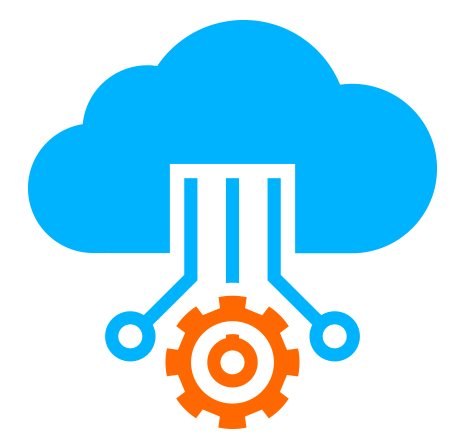 Server
Colocation
Server
Colocation
 CDN
Network
CDN
Network
 Linux Cloud
Hosting
Linux Cloud
Hosting
 VMware Public
Cloud
VMware Public
Cloud
 Multi-Cloud
Hosting
Multi-Cloud
Hosting
 Cloud
Server Hosting
Cloud
Server Hosting
 Kubernetes
Kubernetes
 API Gateway
API Gateway

Artificial intelligence and high-performance computing (HPC) are evolving at an unprecedented pace. In 2024, the global AI market is expected to surpass $500 billion, with deep learning models like GPT-4 and Stable Diffusion requiring more computational power than ever before. Whether it’s training massive neural networks or running complex simulations, traditional server architectures often fall short.
This is where cloud GPU instances come into play. They provide scalable, on-demand power without the need for expensive physical infrastructure. But with so many options available, how do you choose the right instance for deep learning and HPC workloads? Let’s break it down.
Deep learning and HPC demand an enormous amount of computational resources. A standard CPU-based server struggles to process large-scale AI models and simulations efficiently. Cloud GPU instances solve this problem by offering:
Faster training times for AI and machine learning models.
Better parallel processing capabilities for large datasets.
Scalability without the upfront cost of buying dedicated GPUs.
Optimized memory bandwidth for handling massive computations.
The NVIDIA A100 is a powerhouse for both deep learning and HPC applications. Designed for AI inferencing, training, and data analytics, this GPU is available across major cloud hosting providers.
Memory: 40GB or 80GB HBM2e
Performance: Up to 20x faster than previous-generation GPUs
Use cases: Training large AI models, speech recognition, recommendation systems
Built on NVIDIA’s Hopper architecture, the H100 GPU is the next-gen upgrade to the A100. It is specifically designed for massive-scale AI training and inferencing.
Memory: 80GB HBM3
Performance: 4x faster AI training than A100
Use cases: Large language models (LLMs), generative AI, financial modeling
For those looking for an alternative to NVIDIA, AMD’s MI250 is a strong contender in the HPC and AI space. It offers high memory bandwidth and strong parallel computing capabilities.
Memory: 128GB HBM2e
Performance: Optimized for HPC simulations and AI research
Use cases: Genomics, scientific research, CFD simulations
If your focus is purely on AI and deep learning, Google’s TPU v4 is built for efficiency and speed. It’s optimized for TensorFlow and JAX, providing a cost-effective alternative to traditional cloud GPU instances.
Memory: 32GB HBM per core
Performance: 2x faster than TPU v3
Use cases: AI model training, NLP tasks, large-scale inferencing
Not all cloud GPU instances are created equal. The best choice depends on:
The size and complexity of your AI model. Large language models need more VRAM.
Budget considerations. Some GPUs are costlier but offer better long-term performance.
Scalability needs. If your project requires cloud hosting for large datasets, go for highly scalable options like A100 or H100.
Software compatibility. Ensure your framework (TensorFlow, PyTorch, etc.) is optimized for the GPU.
As deep learning and HPC workloads become more demanding, choosing the right cloud GPU instance is crucial for efficiency and scalability. Whether you’re training massive neural networks, running financial simulations, or processing real-time analytics, cloud-based GPU servers offer unmatched power and flexibility.
The future of AI and high-performance computing lies in GPU-accelerated cloud hosting, making it easier than ever to scale workloads without the need for costly hardware investments.

Let’s talk about the future, and make it happen!
By continuing to use and navigate this website, you are agreeing to the use of cookies.
Find out more


